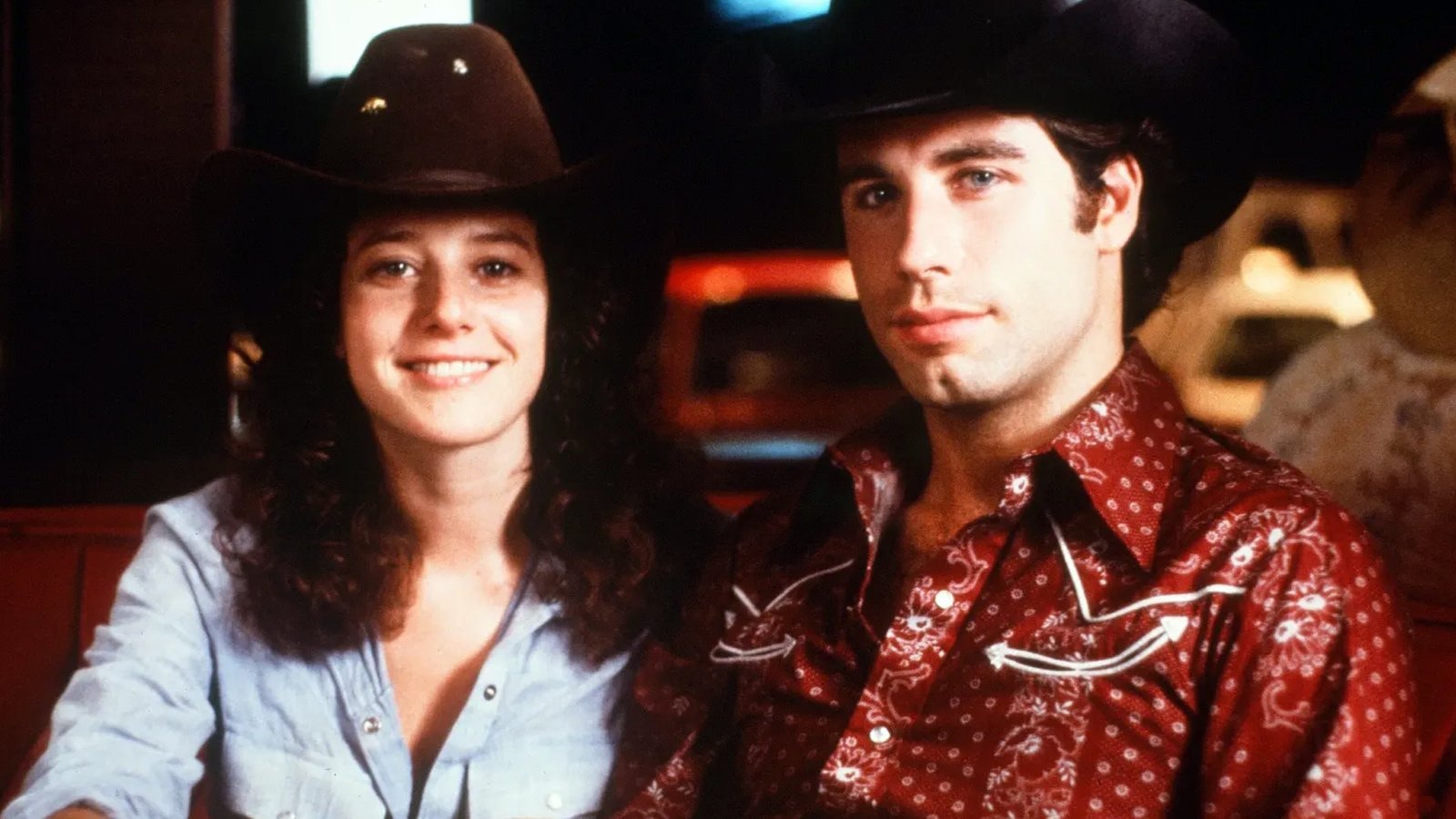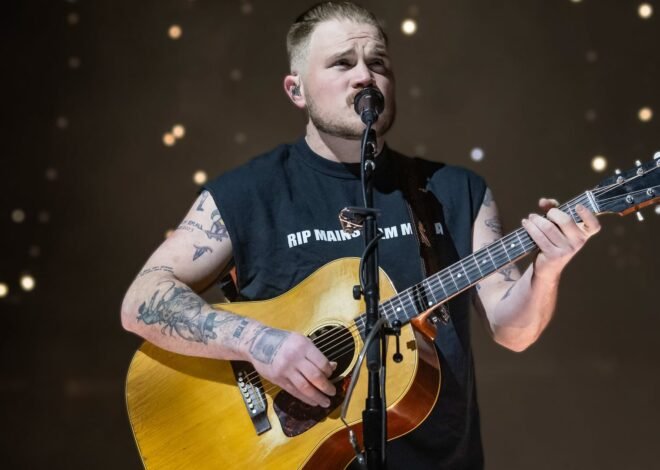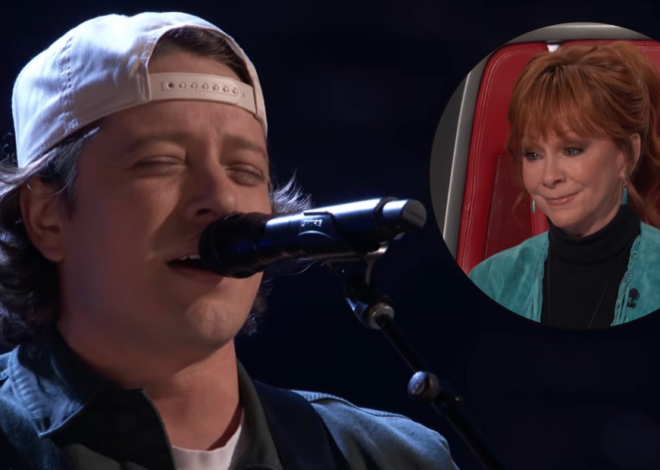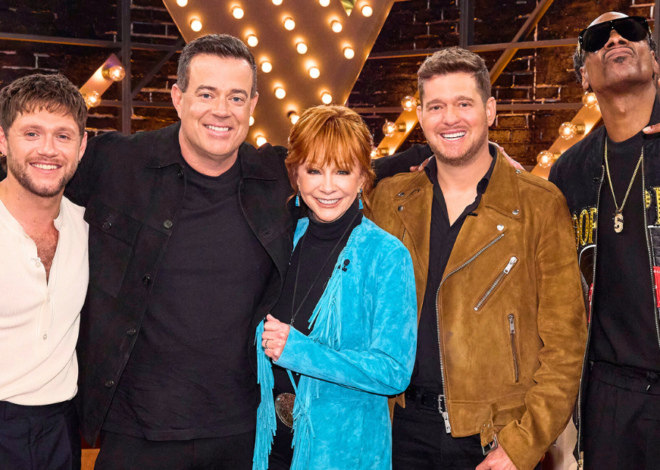
How ‘Urban Cowboy’ Made the Whole Country Fall in Love With Honky-Tonk Again
One movie, one mechanical bull, and one hell of a soundtrack… that’s all it took.
When Urban Cowboy hit theaters in 1980, it didn’t just introduce America to Gilley’s bar and the electric chemistry between John Travolta and Debra Winger. It cracked open a dusty saloon door and let the whole damn country stumble inside, boots first. Suddenly, honky-tonks weren’t just for oil field workers and small-town two-steppers. Thanks to one Texas-set love story with a whole lot of friction and flair, the entire nation was buying cowboy hats and figuring out how to line dance without looking like a fool.
The movie was loud, sexy, gritty, and didn’t pull punches. Sure, it gave us mechanical bull riding and late-night brawls, but at its heart, Urban Cowboy was about finding identity, love, and dignity in the dirt. For country music fans, it was a cultural reset.
Based on a 1978 Esquire article, the film zeroed in on Pasadena, Texas, where Gilley’s club (owned by Mickey Gilley himself) stood as a monument to Lone Star nightlife. The story followed Bud and Sissy, a flawed couple who drank too much, danced too hard, and fought even harder. But it wasn’t just about drama. It was about the way country music lived and breathed inside that bar. And when it hit the big screen, it turned Gilley’s into a nationwide symbol for what country could be.
Forget high fashion and disco balls. The working-class aesthetic suddenly had cachet. Rhinestones, Wranglers, and boot scootin’ boogies were no longer tucked away in rural pockets. They were on the main stage.
The soundtrack deserves its own plaque in the Country Music Hall of Fame. It was stacked with crossover power from Johnny Lee’s “Lookin’ for Love” to songs by The Eagles, Anne Murray, Charlie Daniels, and even Bob Seger. This wasn’t just country for country’s sake. It was a bold blend of styles that invited new listeners in and handed them a Lone Star beer. “Lookin’ for Love” wasn’t just a hit. It was a cultural moment.
It topped the country charts, landed in the Billboard Hot 100’s top 5, and made Johnny Lee a household name. And for Lee, it changed everything: gold records, platinum albums, and a legacy tied to a single mechanical bull moment.
But Urban Cowboy didn’t just shift sound. It redefined style. Before the film, cowboy boots and bolo ties were regional. After that, they became fashionable from LA to New York. Mickey Gilley himself admitted he didn’t even wear a cowboy hat until after the movie dropped and the trend exploded. “Everywhere you’d go,” he said, “you’d see people wearing cowboy hats, boots, Western shirts, jeans, and thick silver belt buckles.” It was country cosplay with just enough grit to feel real.
That mainstream shine didn’t come without critics. Traditionalists bristled at the polished, pop-leaning music that followed. Radio stations started skewing toward lighter fare, and labels signed artists with crossover appeal in mind. For every Kenny Rogers or Dolly Parton moment, there was someone in Nashville wondering if country was losing its soul. But artists like Randy Travis, George Strait, and Ricky Skaggs rolled in not long after, dragging country music back to its roots like a steel guitar lifeline.
Still, you can’t deny what Urban Cowboy did. It paved the road for the next generation. Garth Brooks, Shania Twain, and yes, even Taylor Swift.
It helped carve out a lane for country music in the national consciousness, turning oil-rig romance and dive bar drama into something universal. And 45 years later, its boots are still planted deep in the heart of the genre.
Country music doesn’t need a mechanical bull to be dangerous… but sometimes, it doesn’t hurt.



